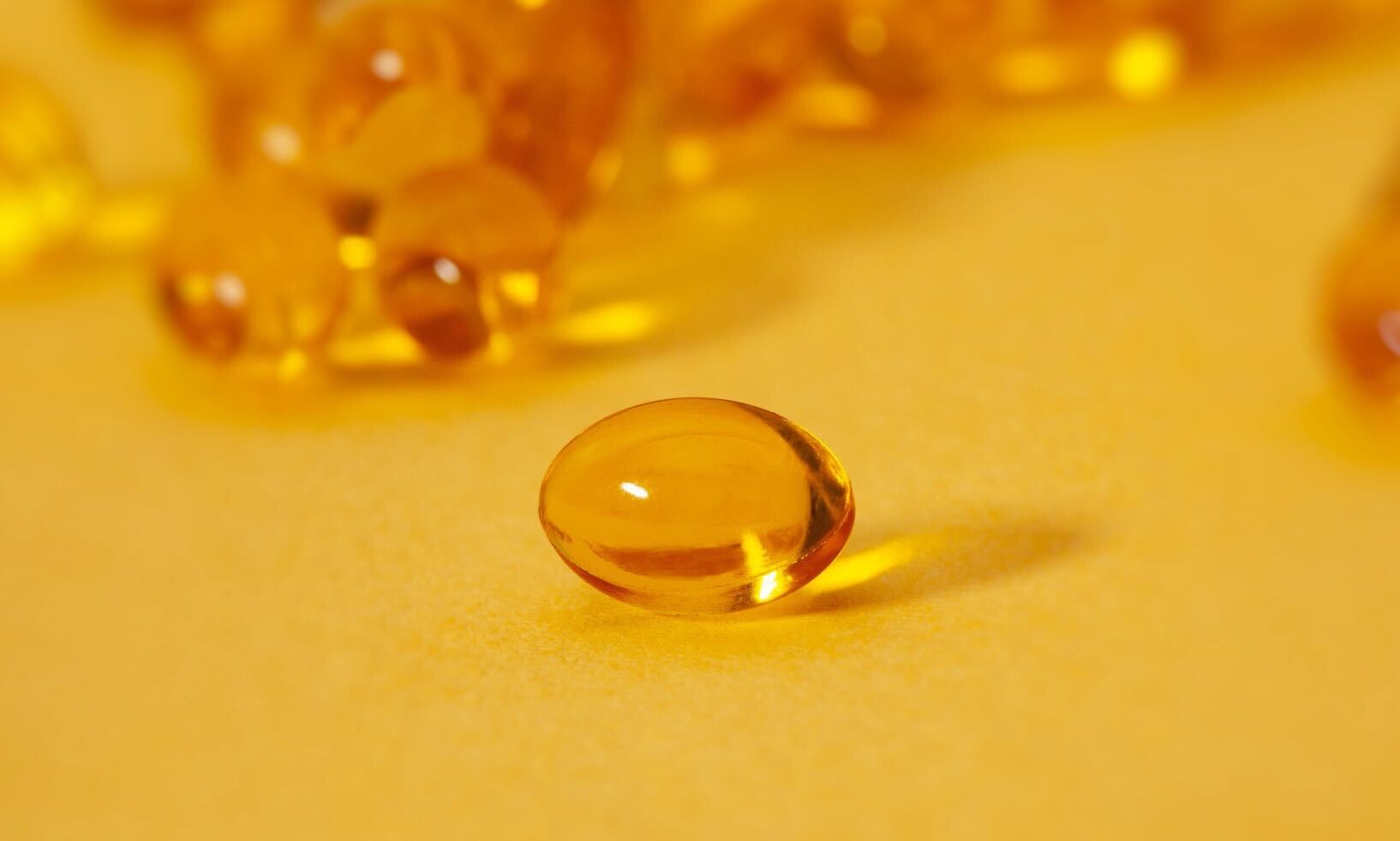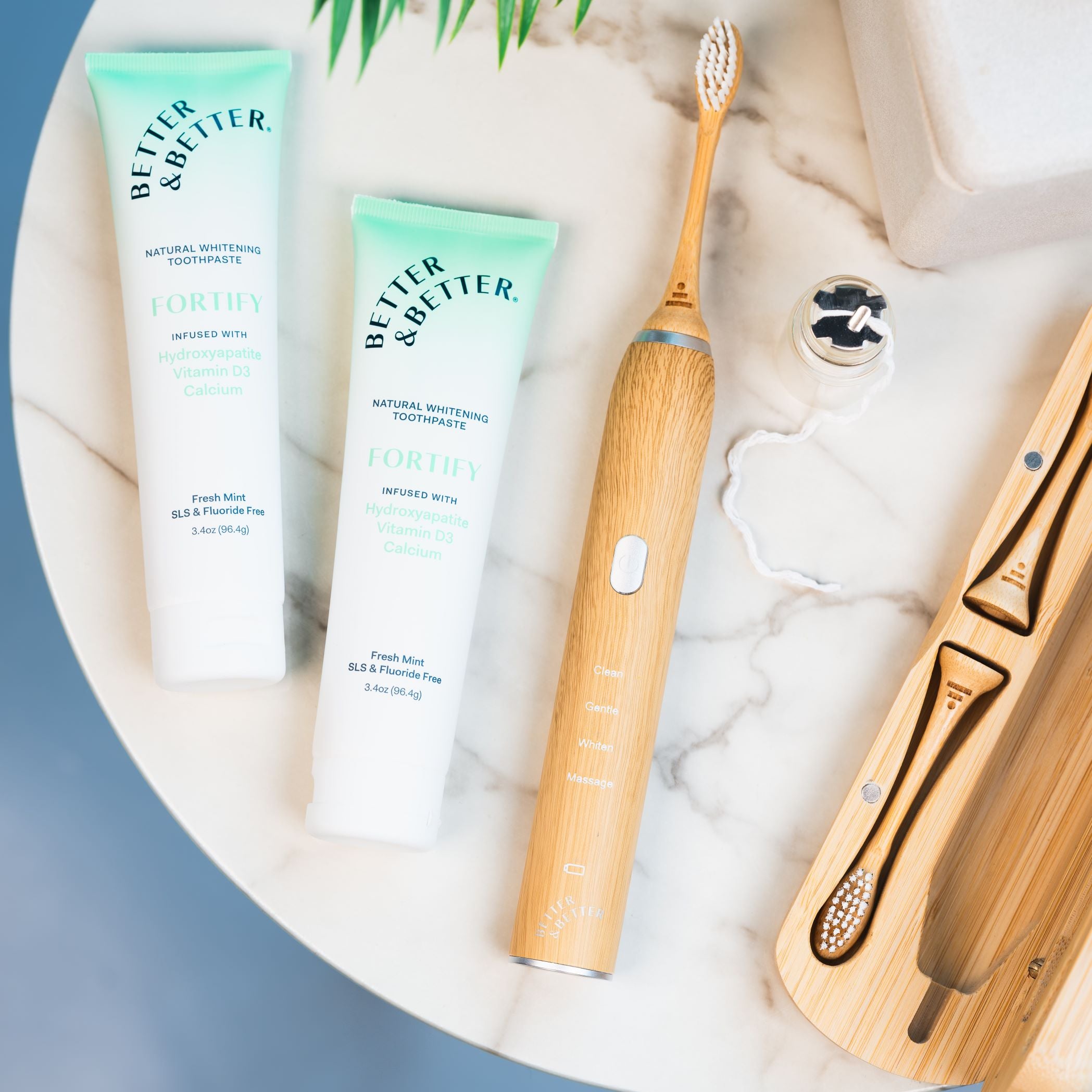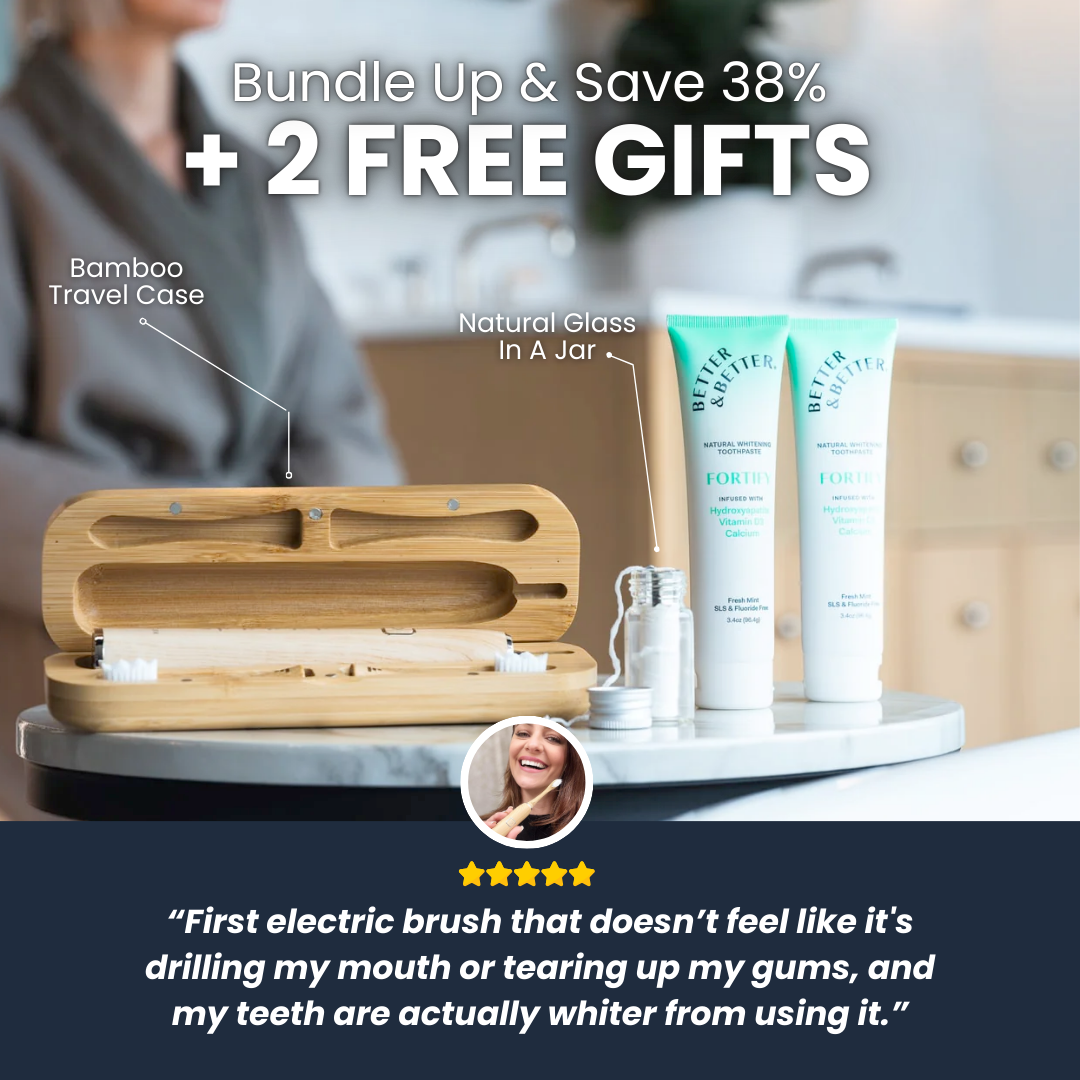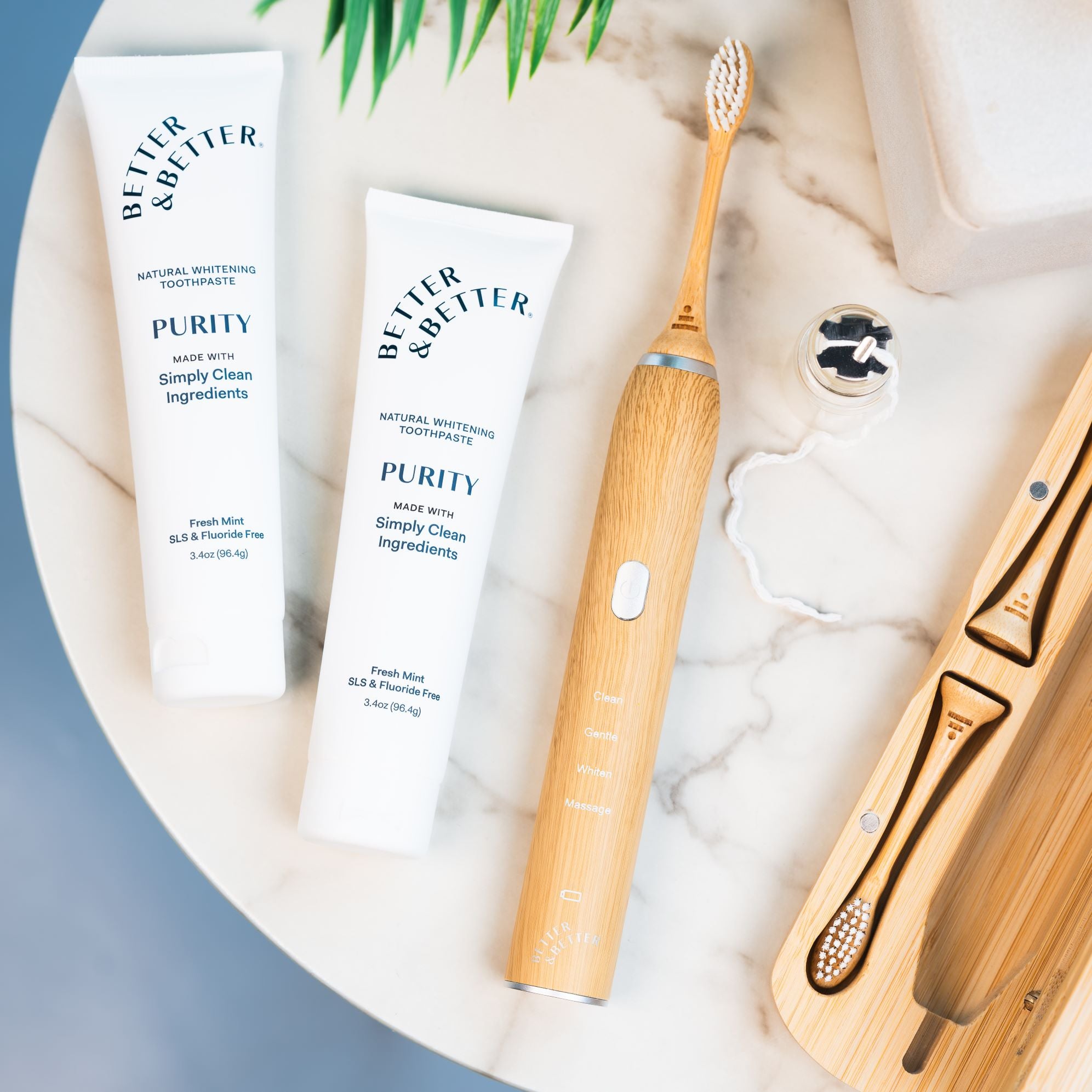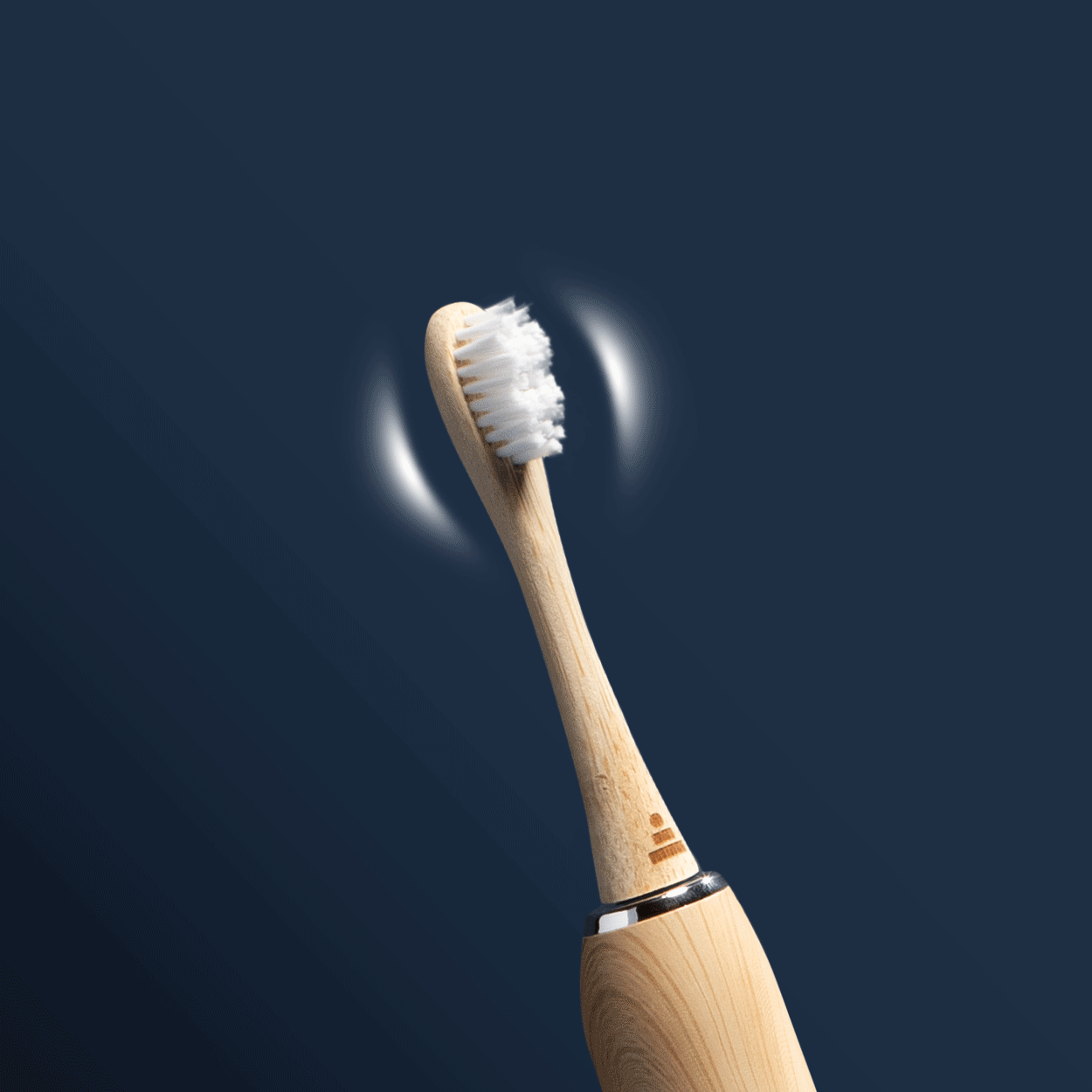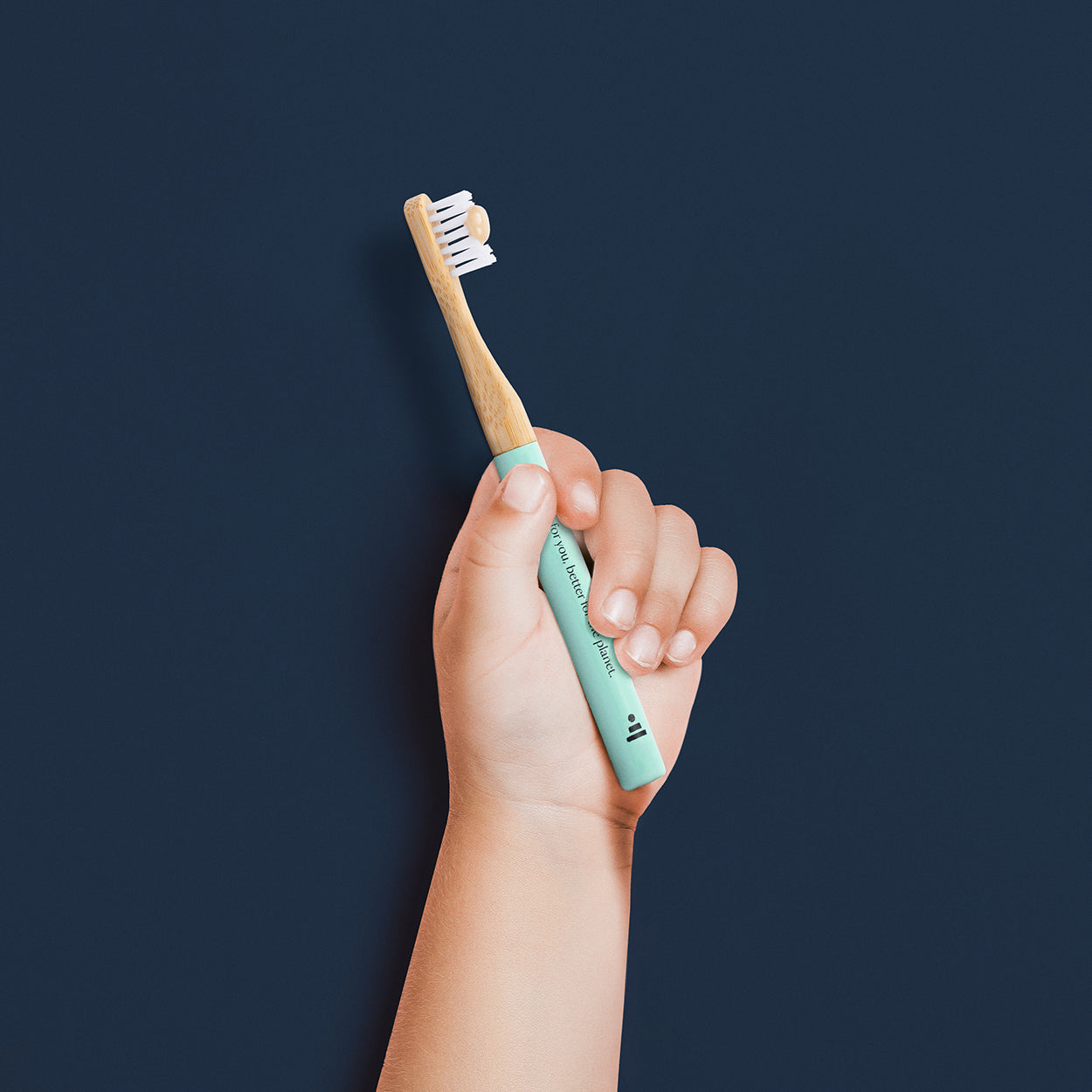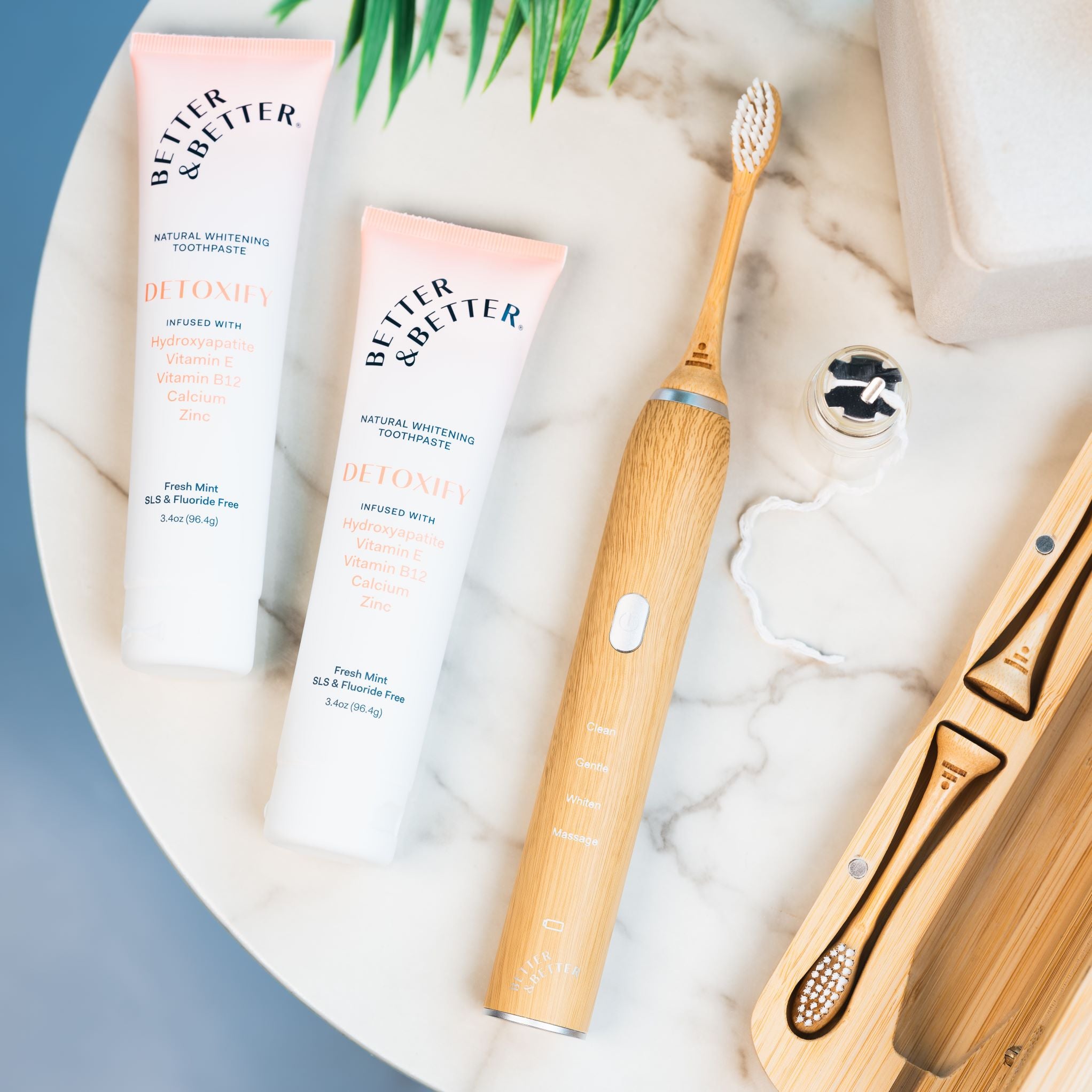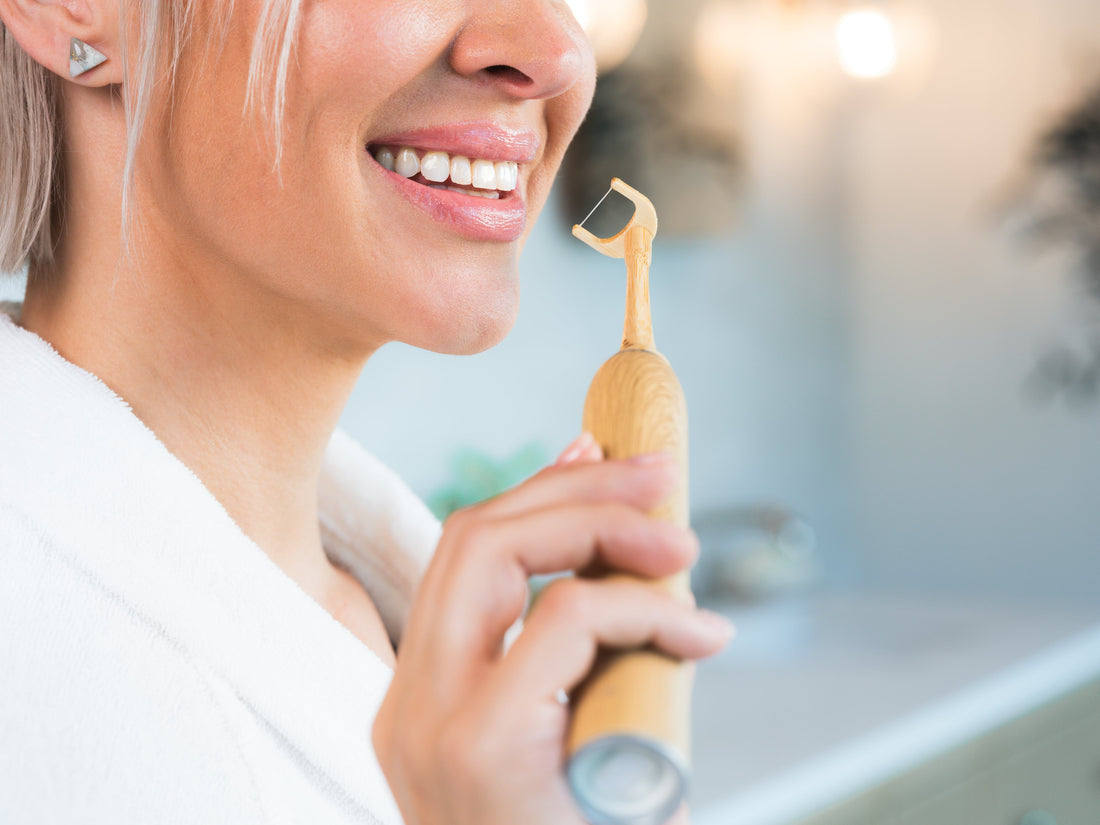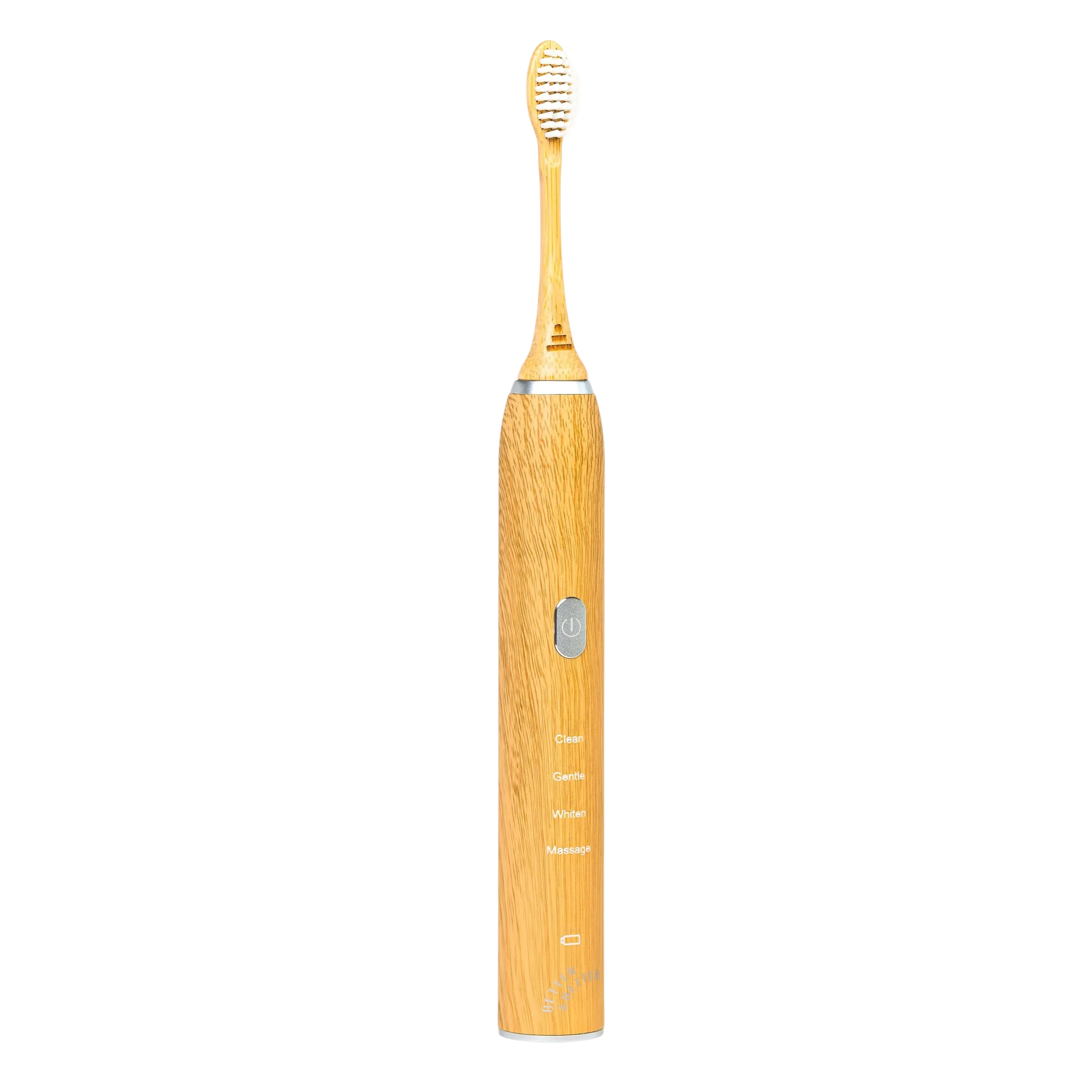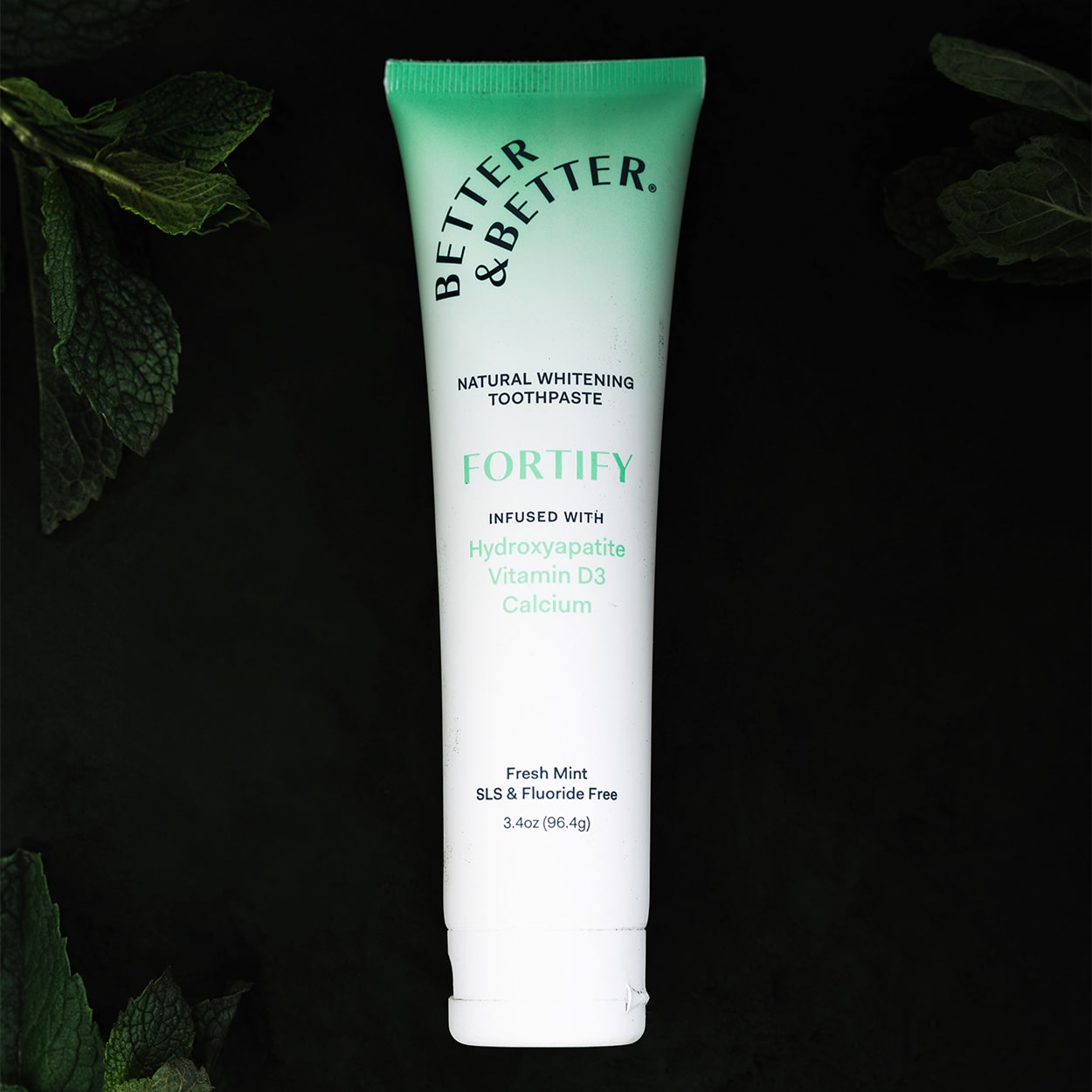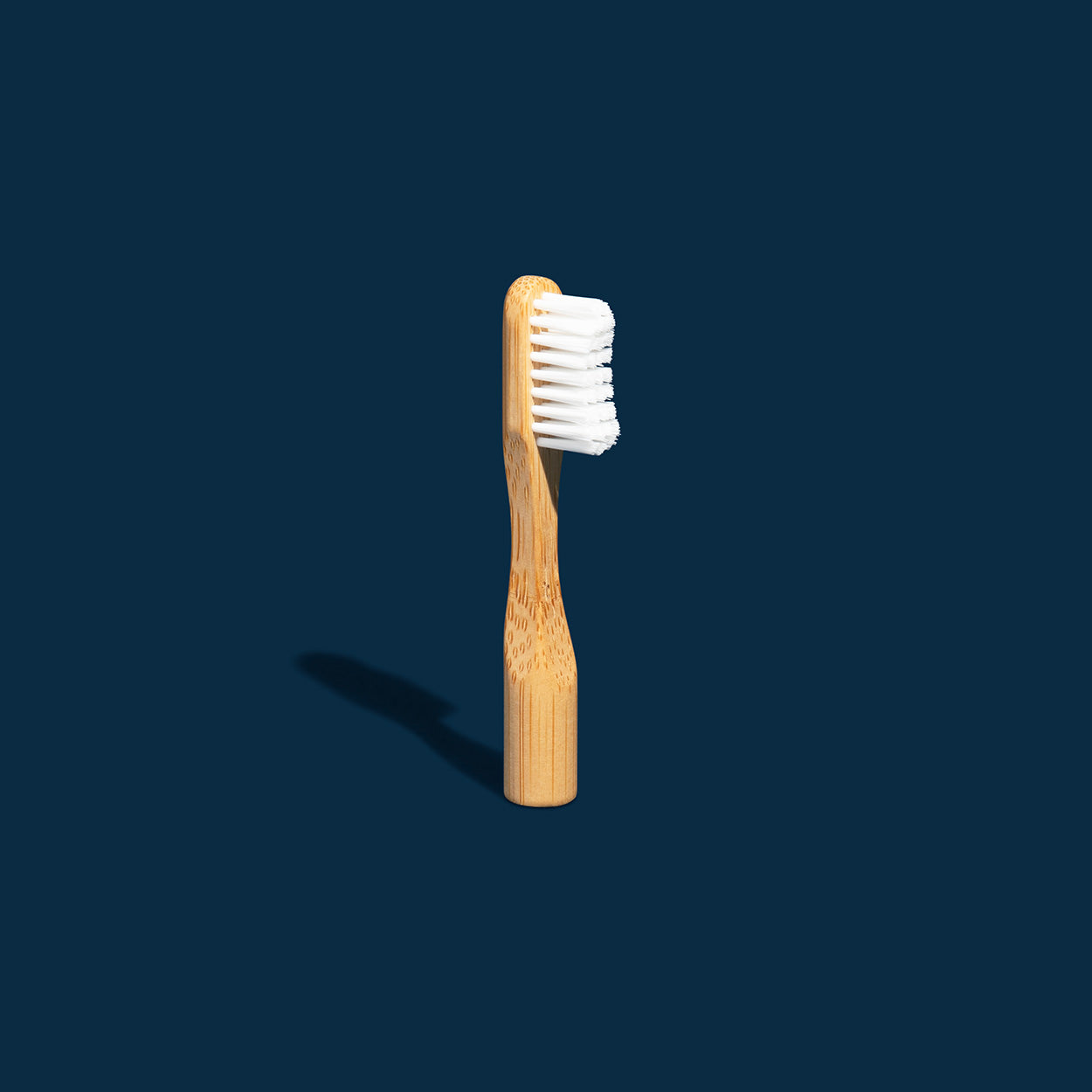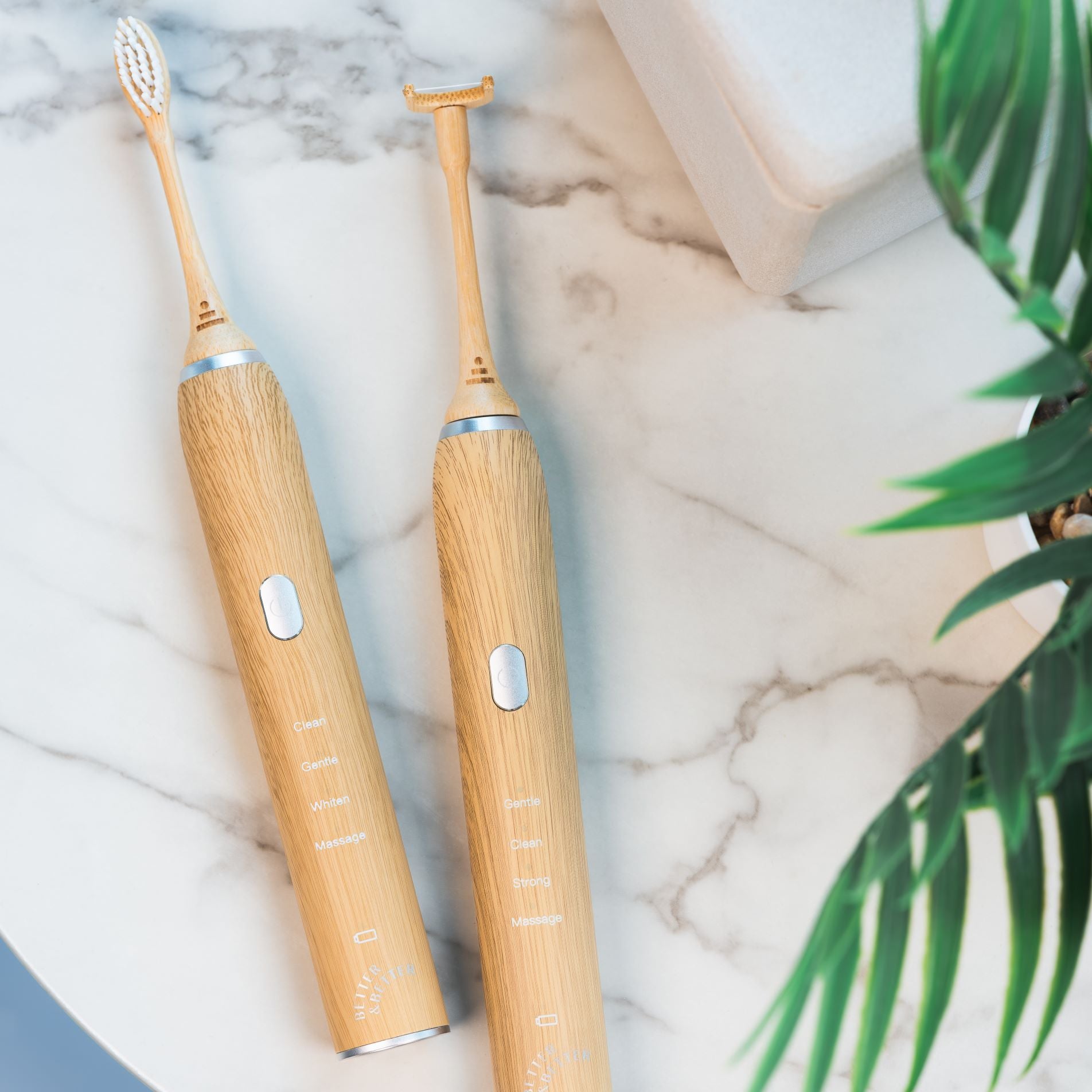Vitamin D is getting a lot of love these days—rightly so. It’s arguably the most popular vitamin supplement, and the global vitamin D market is projected to reach $2 billion by 2027.
But if you do a little research on vitamin D, you’ll quickly learn there are two types: vitamin D2 and vitamin D3. Both forms are fat-soluble vitamins that are essential to carry out bodily functions. However, there are several differences once you dig into the details.
The main difference is that vitamin D2 comes from plants, whereas vitamin D3 comes from sun exposure and (mostly) animal sources, but D3 can also be derived from certain types of algae, which are vegan.
In this article, we’ll do a side-by-side comparison of vitamin D2 and D3 to show you where they come from, how they affect your body, and which one works better as a supplement.
Vitamin D2 vs. D3: What’s the Difference?
Vitamin D is a fat-soluble micronutrient that exists in two forms: vitamin D2 (ergocalciferol) and vitamin D3 (cholecalciferol). Both types of vitamin D are metabolized into calcitriol: the active form of vitamin D that your body uses to carry out countless functions.
“Vitamin D” is often used as a catch-all term, but the two forms aren’t the same.
Here are the key differences between vitamin D2 and D3 at a glance:
- Vitamin D2 comes from plant sources, while vitamin D3 comes from sunlight and animal-based food sources (with lichen, a type of algae, being the exception)
- Vitamin D3 is more effective at elevating vitamin D levels in your body
- Vitamin D3 supplements may be less likely to degrade during storage compared to vitamin D2 supplements
Let’s take a deeper dive into each of these differences.
Food Sources
Here’s where each type of vitamin D comes from:
Vitamin D2 Sources
- Mushrooms
- Avocados
- Fortified foods like orange juice and breakfast cereals
Vitamin D3 Sources
- Ultraviolet light from the sun
- Lichen: a symbiosis between a fungus and algae (this is the most abundant form of vegan vitamin D3)
- Fatty fish, including salmon, herring, and mackerel
- Egg yolks
- Cheese
- Beef liver
- Fish oil
- Butter
- Yogurt
- Dairy milk
Benefits
Although vitamins D2 and D3 come from different sources, they’re both metabolized into calcitriol—the bioactive form of vitamin D which has dozens of health benefits, including:
- Immune system support
- Energy production
- Aids absorption of calcium and phosphorus to promote bone health
- Prevents osteoporosis and rickets
- Reduces inflammation
- May help prevent cancer
- May elevate your mood and alleviate depression
Effectiveness
Multiple studies have concluded that vitamin D3 is more effective than vitamin D2 to increase vitamin D blood levels. In fact, one clinical trial found that a single dose of vitamin D3 was twice as effective as vitamin D2.
Vitamin D3 is also more effective at improving immune function, according to a 2022 study.
Vitamin D3 is more potent than vitamin D2 because it’s easier for your body to absorb. Accordingly, if you’re trying to elevate your vitamin D levels, D3 is the better option.
Supplement Quality
Vitamin D2 is more sensitive to humidity and temperature changes than vitamin D3, according to the National Institutes of Health (NIH). This means vitamin D2 supplements may be more likely to degrade during shipping or storage.
Is It Better to Take Vitamin D2 or D3?
When it comes to vitamin D supplements, the evidence suggests that it’s better to take vitamin D3 than D2, especially if you’re trying to correct a vitamin D deficiency. That’s because vitamin D3 is more easily absorbed in your body and helps sustain your levels of vitamin D longer than vitamin D2 does.
Regardless of which type of vitamin D you consume, the recommended daily dosage is the same:
- Adult ages 19-70: 15 mcg
- Adults 71 or older: 20 mcg
Is There a Vegan Vitamin D3?
Yes, it’s possible to get vegan vitamin D3 from lichen: an organism that’s a combination of a fungus and an alga or cyanobacterium. Lichen are a natural source of vegan vitamin D3 with no negative effects on the environment.
Lichen is the first vitamin D3 source to be approved by the Vegan and Vegetarian society. It’s also where we source vitamin D3 for our Energy Toothpaste, which provides 80% of your daily intake of vitamin D (when you brush twice daily).
3 Ways to Boost Your Vitamin D Levels
Here are the three best ways to increase your vitamin D intake:
1. Eat Vitamin D-Rich Foods
You can get vitamin D through your diet, primarily from oily fish, egg yolks, organ meats, dairy milk, and fortified food. However, it can be tough to get enough vitamin D from food alone, especially if you follow a plant-based diet.
2. Get Some Sunlight
Your body converts UV light from the sun into vitamin D, hence its nickname: the “sunshine vitamin.”
Getting 10-15 minutes of direct sun exposure (without sunscreen) a few times per week is the sweet spot.
Pro tip: you need direct sunlight—you can’t get vitamin D through a window.
This is tough for people who spend most of the day indoors or live in climates that don’t get much sunlight. It’s no surprise, then, that more than 40% of people have a vitamin D deficiency.
3. Take a Vitamin D3 Supplement
The most efficient way to get your daily dose of vitamin D is with a dietary supplement—you don’t have to track your food or worry about getting sunshine on a cloudy day. As we mentioned earlier, it’s best to take vitamin D3 supplements (not D2) to get the best results.
Vitamin D3 comes in capsules, powders, multivitamins, gummies, liquid sprays, and even injections—but the best way to take it is while you brush your teeth. That’s where sublingual D3 comes in.
Sublingual Vitamin D3: Get a Boost While You Brush
It’s important to know what vitamins to take—but it’s easy to overlook the importance of how you take those vitamins in the first place.
Your digestive system does a decent job of absorbing nutrients, but a growing body of evidence shows it’s not as effective as the capillaries in your mouth. Enter sublingual vitamins, which are absorbed directly into your bloodstream through the tissues lining your cheeks, tongue, and gums.
Brushing your teeth is a prime opportunity to get a vitamin boost. That’s why we created our Energy Toothpaste, infused with 80% of your recommended daily dose of vegan vitamin D3 (when you brush morning and night).
Vitamin D is one of the most important nutrients in your body—and we’re on a mission to make it easier than ever to add to your daily routine.


